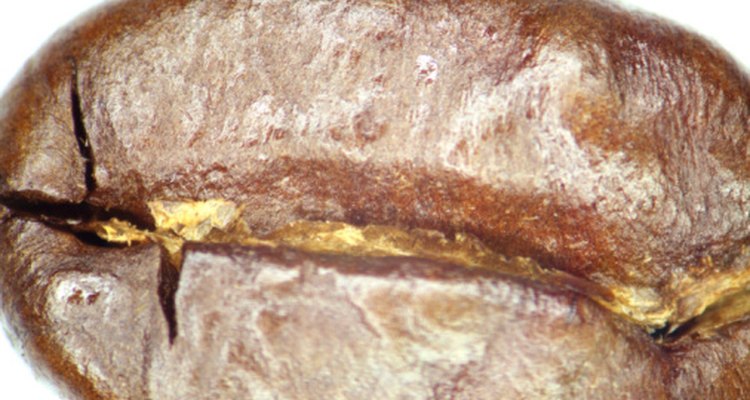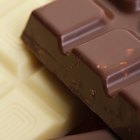
Arabica coffee is one of two major varieties of coffee worldwide. Arabica beans make up about 75 percent of world coffee production annually. They are used to produce coffee on their own, and they are mixed with the other variety of coffee, robusta. Arabica beans were brewed in East African and Arabia before being introduced to Europe and America in the 17th century.
Coffea arabica
Arabica beans are produced by Coffea arabica, a shrub native to East Africa and the Arabian peninsula. Coffea arabica is one of two types of coffee plant, the other being Coffea caneophora, also called Coffea robusta. Coffea arabica grows well in warm, temperate environments, usually at altitudes between 1,300 and 1,500 meters. The plants grow to around five meters in height, although commercial plants are usually kept short. The leaves of the plant are dark green, and it produces white flowers and deep red berries.
Production
Arabica coffee is made from the seed, or bean, of the arabica plant. To produce coffee, farmers pick the berries and remove the flesh, leaving only the bean. The beans are then washed, dried and roasted before being sold. The flavor of the coffee depends not only on this process but on the soil and climate in which the plant is grown, as well as on minor genetic differences between subtypes of arabica, called varietals.
History
Arabica coffee is the first coffee known to have been ground and brewed. Although legend traces its origin back to medieval Ethiopia, the documented history of coffee drinking only reaches back to the 15th century. The first recorded coffee houses opened in Constantinople in the 1450s. Initially, religious authorities attempted to prohibit coffee, but the demand was too high and coffee became a major part of social life in the Muslim world. It spread both east and west, becoming a fashionable drink in Europe and America as well as Asia and the Middle East. However, much of the coffee grown in the Far East is Coffea caneophora, not Coffea arabica.
Characteristics
Different varietals of arabica coffee produce different flavors and bodies, but they have some traits in common. Compared to Coffea canephora, arabica is smoother and less bitter with a more delicate flavor. It is also lower in caffeine. Robusta beans are sometimes blended with the more expensive arabica beans to add caffeine and reduce costs. Famous coffee varietals such as Colombian coffee and Kona coffee are varietals of the arabica bean.
Related Articles

Protein in Coffee Beans
Difference Between French & Colombian ...

How to Remove Mold From Coffee Beans

The Antioxidant Levels of Cacao

Which Country Produces the Most ...

Number of Calories in Dark ...

How to Add Chicory to Coffee

What Is Freeze-Dried Coffee?

Tanqueray Gin Ingredients

How to Make Carob Juice

Foods Containing Theobromine

Can You Eat the Green Stem of a ...
Keurig Coffee Nutrition

The Difference Between Brown and White ...

How Many Types of Chocolate Are There?

How to Remove Coffee Stains From Dry ...

German Beer Vs. American Beer

How to Regrind Coffee

How to Descale a Gaggia

What Kinds of Clothes Do They Wear in ...
References
Writer Bio
Dr James Holloway has been writing about games, geek culture and whisky since 1995. A former editor of "Archaeological Review from Cambridge," he has also written for Fortean Times, Fantasy Flight Games and The Unspeakable Oath. A graduate of Cambridge University, Holloway runs the blog Gonzo History Gaming.
Photo Credits
Jupiterimages/Photos.com/Getty Images